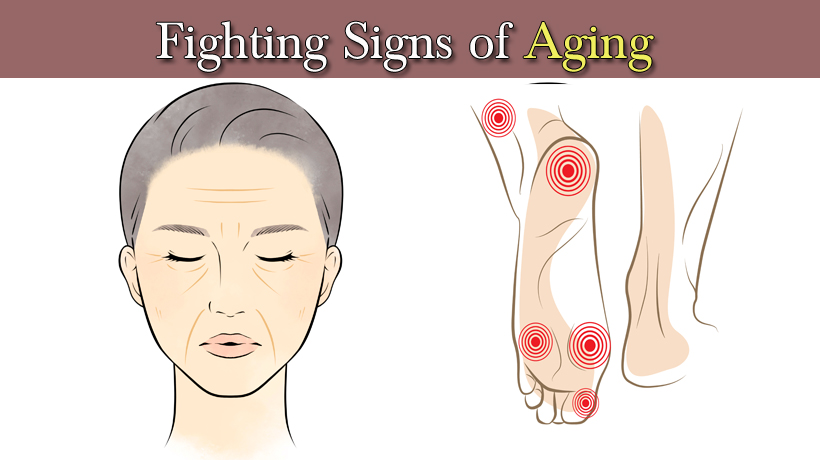No matter how much we wish we could control our timeline, we will inevitably age. There are both advantages and disadvantages to this process, but ultimately it helps to feel like it’s something gradual that’s managed as it happens rather than waking up to the changes all at once. If you’re one of the women who want to recognize and slow down the first signs of aging, you need to pay attention to the changes in your body. Here are seven telltale signs of aging and how to prevent them.
Dry or dehydrated skin
One easy way to spot aging is a change in your skin. It can look dry or dehydrated due to low levels of oil or water respectively. Sun damage, the natural slowing of cell renewal with age, and ineffective skincare will cause skin to get more dehydrated as you age. Some easy ways to manage this are to prioritize a healthy diet, rest, avoid sun tanning and sun exposure, and always wear sunscreen!
Puffy or red eyes
As you age, the already thin skin around your eyes thins even more which can leave your eyes looking puffy or red. The loss of the body’s ‘lubricators’ with age, such as the water component in our eyes, also cause dryness and redness, and this is in addition to pollutants, allergies, and hormonal fluctuations. A solution to this dilemma is to protect your eyes with sunglasses that protect against UV rays.
Sagging skin
Another classic sign of aging involving the skin is sagging skin. This is caused by a loss of collagen and elastin in the skin, two of the complex proteins responsible for skin structure and elasticity. Ways to prevent this are comprehensive and there’s no easy one-step solution aside from surgery. These options include a good diet, exercise, sleep, maintaining a stable weight, and most importantly avoiding sun damage. A topical skin care solution that contains phytonutrients supports healthy collagen and elastin. Vitamin A also plays a role in producing collagen.
Apple-shaped body
As we age, it’s natural to put on weight, and some people tend to carry more fat around the waist and belly. Metabolic and hormonal changes can become factors as you age, typically starting from middle age. For women, abdominal fat might become more prominent post-menopause, when estrogen declines and body fat migrates over to the stomach. To negate this, focus on exercise that specifically targets your abdominal fat and your core.
Sore feet
Another common experience as we age is to have sore feet due to years of hitting the pavement. According to Harvard Health, as you age, the muscle tissues in your feet get thinner, making them seem less cushioned, and swelling is more common. A simple solution is to invest in comfortable, orthopedic shoes like sneakers that make walking less of a stress.
Hairless legs and feet
Some lesser known signs of aging can include hairless legs and feet, as hair growth can diminish over time not just on our heads, but also on our body. Hair follicles are nourished by blood flow. If your arteries, which deliver oxygen-rich blood to the extremities, clog with plaque, the hair on your legs and feet could fall out. Have your circulation evaluated by a doctor, particularly if you have burning, cramping pain with walking or thickened toenails. Exercise, medication, and quitting smoking can help deter plaque build-up.
Lifting is more difficult
As we age and our body changes, we naturally lose muscle mass as we get older. You can increase your strength and build back some muscle mass by lifting weights or doing some other strength training exercises.
Sources:
https://www.healthyway.com/content/early-signs-of-aging-and-how-to-prevent-them/
https://parade.com/511831/lesliegoldman/7-surprising-signs-of-aging/#5-hairlesslegsfeet_slideshow
https://www.health.harvard.edu/staying-healthy/put-your-best-foot-forward



